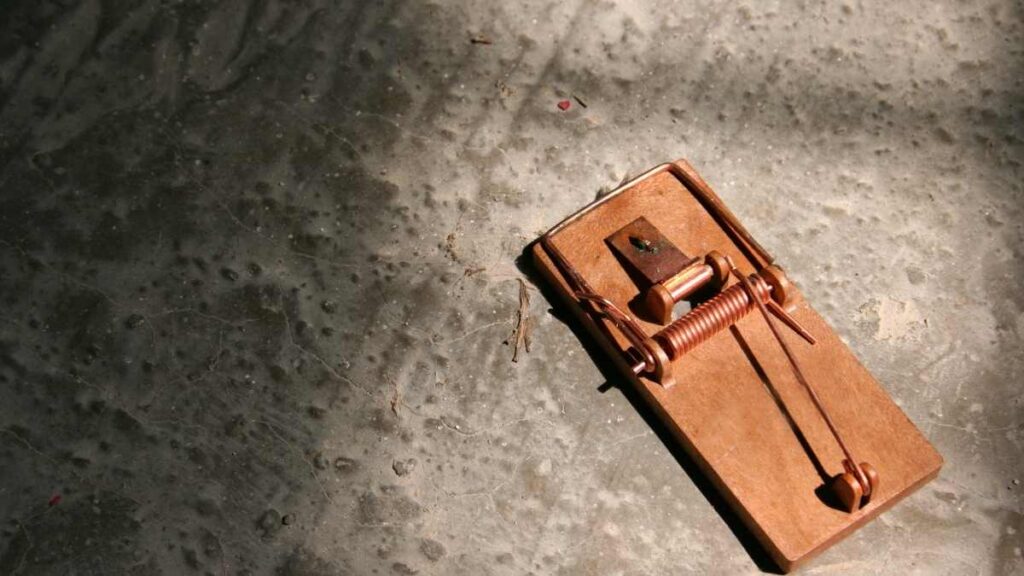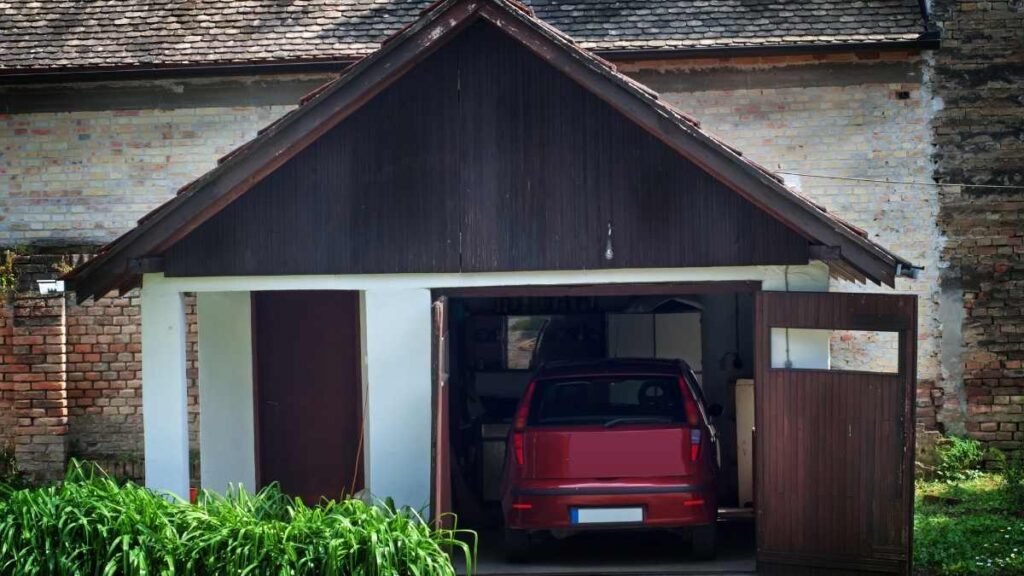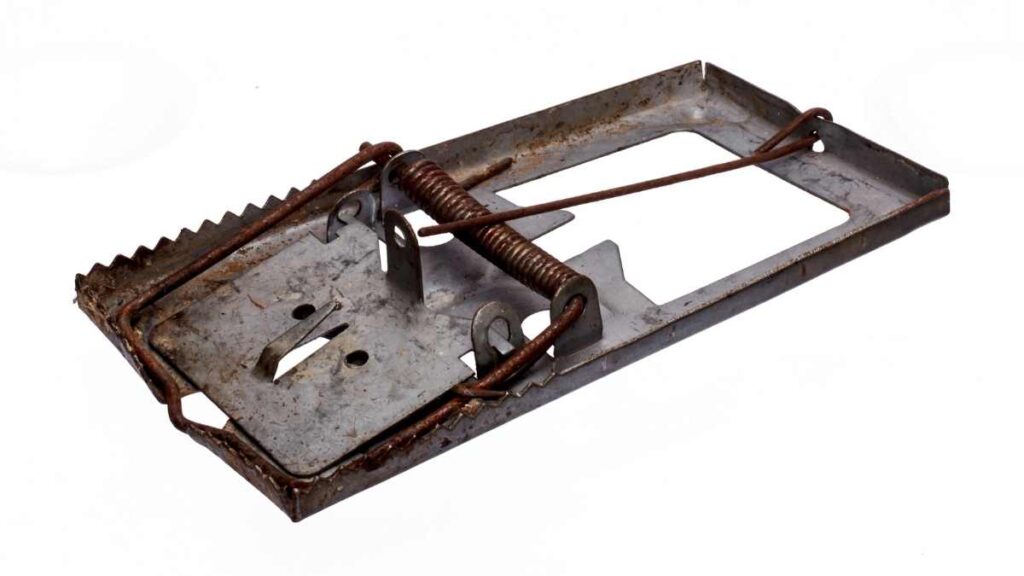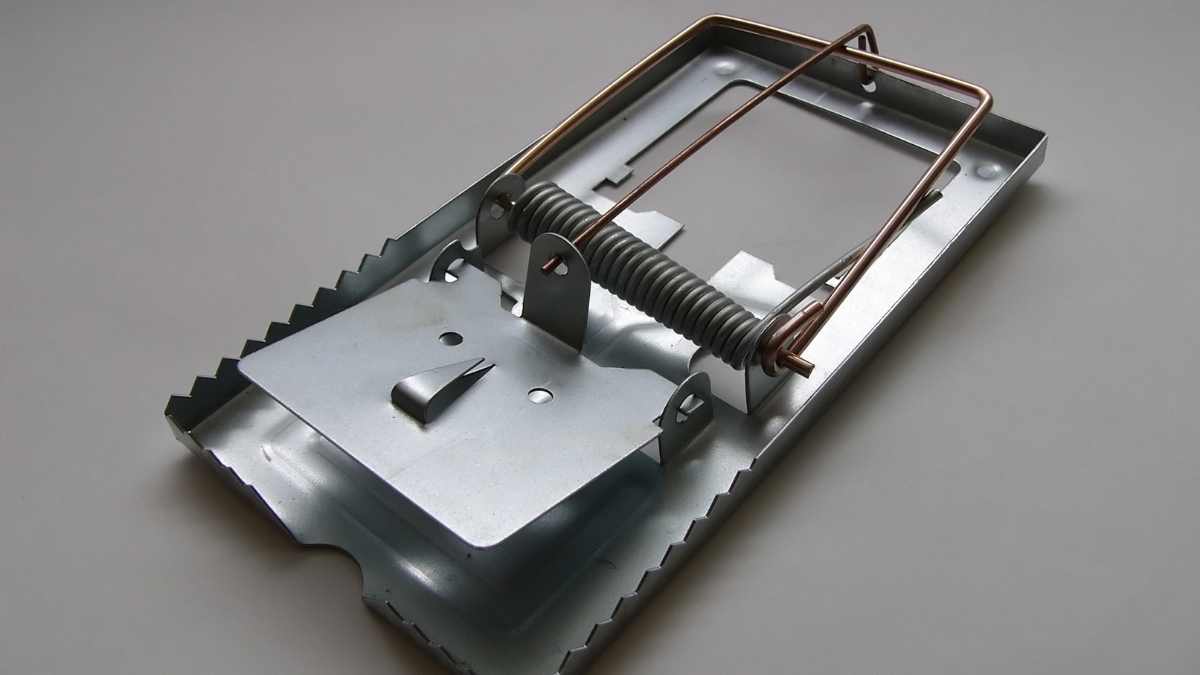Are you contemplating the best place to put a rat trap in your home?
Have rats infested your home and made it a war zone?
Here are a few effective places to place a rat trap in your home.

5 Best Places To Lay Down Your Rat Traps

Kitchen
The first best place to put a rat trap is your kitchen because rats don’t only get attracted to security, warmth, and comfort.
Their most prominent attraction is food, so you must protect every food source if rats invade your home.
Therefore, your kitchen is a place of interest for rats.
There are several places to lay a trap in your kitchen for rats; Along walls, under cabinets, close to the fridge, etc.
Funny enough, while you are sleeping, rats will be roaming your home as if they paid the rent with you. These unwanted visitors lurk around looking for food and nesting items, and you can hear the sound of their activities.
They immediately find access to your kitchen, becoming their favorite place to visit.
Usually, they use the route beneath your cabinet as a safe and secure access path.
However, you can use this to your advantage. Place several rat traps under the kitchen cabinets because these rats can be intelligent to evade the traps.
Interestingly, these rats know when something new is introduced to their environment. However, the kitchen can be different because most things will be new.
It makes it better since they won’t fear the trap left for them.
Your kitchen might be too large, and finding the best place to set the rat trap can be a significant issue.
While the best site is under the cabinets, you can take advantage of other areas such as under the sink, inside cupboards, pantry, and anywhere you observe their movement.
Attics

In your attic, you have many places to set rat traps as it is one of the widespread places to see rats in your home.
Nevertheless, it shouldn’t be an issue because it is easy to catch rats here since you hardly stay there.
Remember, they are sensitive animals, making it easier for you to set the trap and leave.
First, discover the area they usually lurk around in your attic. Next, find any previously chewed items, urine stains, and rat droppings. Finally, drop your trap around these areas; ensure the trap is positioned against a wall if possible.
You can do a little investigation in your attic to find their possible travel routes. For example, narrow corridors and wooden beams are the perfect places for a rat to travel.
That can be the best place to set your rat trap.
These routes are your best bet because beams and corridors don’t offer much room for rats to maneuver around objects.
Basement

Your basement is similar to the attic and an excellent place to place a rat trap.
The basement is quiet and a perfect breeding ground for rats since they flourish in a protected environment.
You can also apply the same method when setting traps in the attic.
Find any route around your basement – thoroughly check for any holes or access route in your basement because there will be a place for these rats to come in and out.
Once you discover any entrance, place the trap close to the hole with tasty bait to stimulate them.
Furthermore, you can place them along the walls in your basement if you don’t find any better option.
Garage

If you have a garage in your home, it is another place where you can set a rat trap. Like your attic and basement, a garage is where you hardly visit unless you need something particular.
Remember, rats have excellent smelling ability and avoid any room where they pick a strong scent.
Assuming your garage links to another room to your home, check for the entrance area and place the trap.
Check any connecting wall for their urine or any sign of damage.
It is a great place to set a trap wherever you find such things.
You need to use a good trap that can withstand any rat because if the rat is big, it can run away with the trap.
It also stops you from getting rats in your garage!
Yard

Is your yard covered with woods? What is the nature of your yard?
The first place a rat visits near your home is your yard. It’s not uncommon to see a rat in your garden!
They might first breed within the yard for some time before finding access to your home.
Rats love places that prove undercover such as trees and plants. In this situation, you need a live rat trap.
Place the trap in any location with flowers, plants, or items piled up.
Ensure it is closer to your home. Furthermore, it would be best to consider other wildlife when placing rat traps inside your yard. The best option is to use live traps.
Don’t use a snap trap because your dog, cat, or other animals might get attracted to the bait you set.
Remember, you are out to catch the rat and not hunt your neighbor’s dog or cat.
Rats Eating and Evading the Bait

Imagine finding these rats’ access route or point of travel and setting your traps. Everything seems to be in place, and suddenly you realize the rat bait is gone without any capture.
How does that feel? Frustrating, right?
Yes, rats can maneuver the bait without getting caught. Therefore, the bait you decide to use appeals to these rats (peanut butter, for instance).
Once you observe the rat eating the bait without getting caught, it can mean you are placing too much bait.
You only need a tiny amount at the right place to make it harder for them to take the bait quickly. Using a small amount forces the rat to come closer to the bait, likely catching the rat.
Remember, you must always replace the bait because you want it fresh with the scent attracting them.
You should take precautions when changing the bait and wear plastic gloves instead of using your bare hands. Rats avoid any bait that carries human scents.
Furthermore, store all your food in an airtight container that rats can’t access.
When you make it hard for them to see food around, it becomes easier for them to go for the bait since they become hungrier.
Conclusion
Having rats in your home is never a wonderful feeling. However, more daunting is the task of catching these susceptible animals.
These animals are small, speedy, and fearful when they hear sounds.
This article has taught you the best places to set your rat trap.
Whatever rat trap you use, ensure it suits your environment.
Avoid using snap traps if you live where other animals reside.
Furthermore, please avoid contact with rats as they can transmit dangerous diseases such as Hantavirus, a virus transmitted when an individual comes into contact with rat urine or feces.
Consult a professional pest control expert if you don’t feel comfortable dealing with rats.
However, if you are willing to take care of the issue yourself, this article gives you a few great ideas to make your task much easier.
Good luck!








